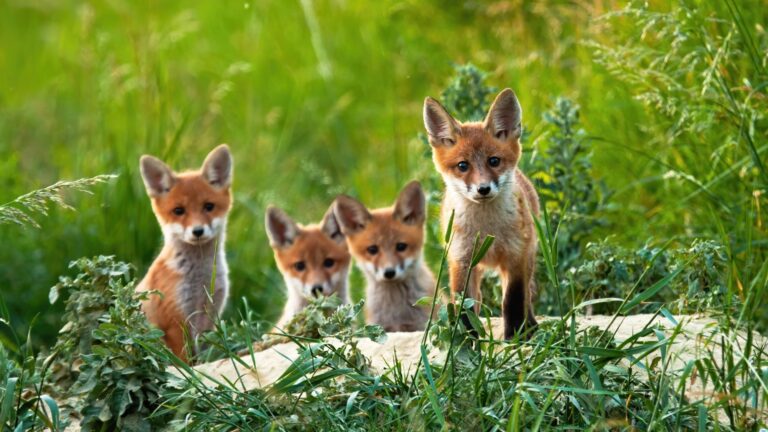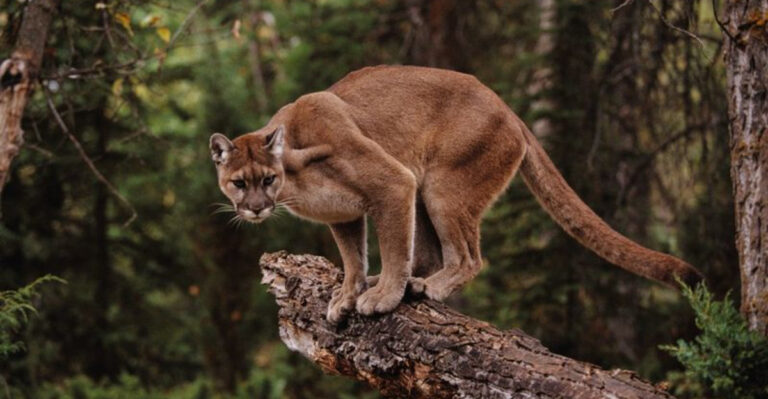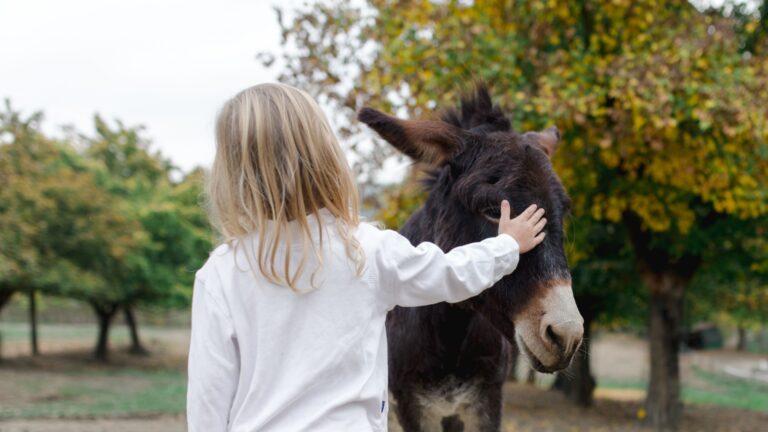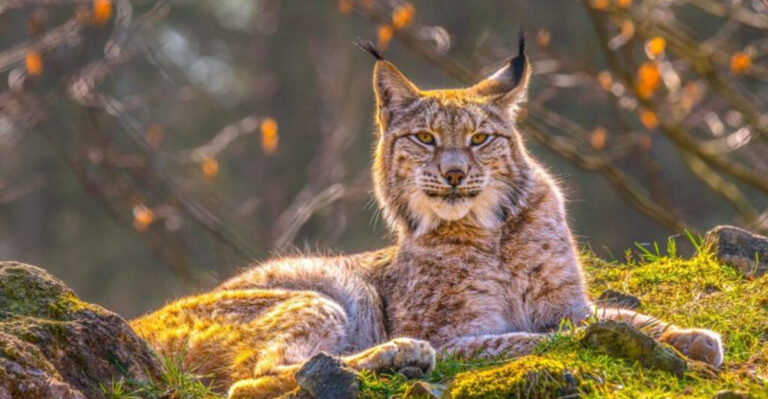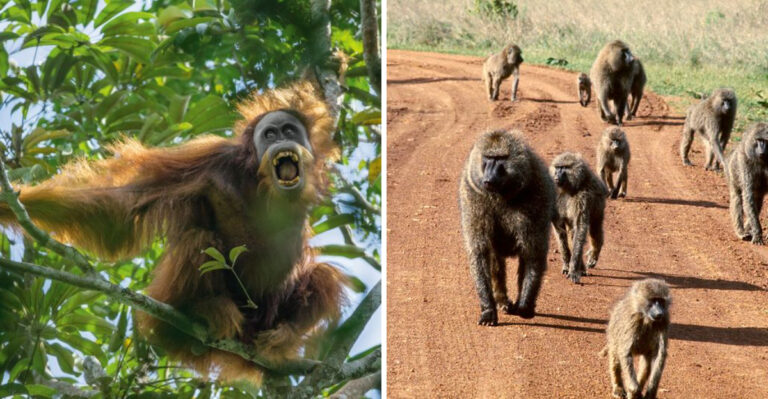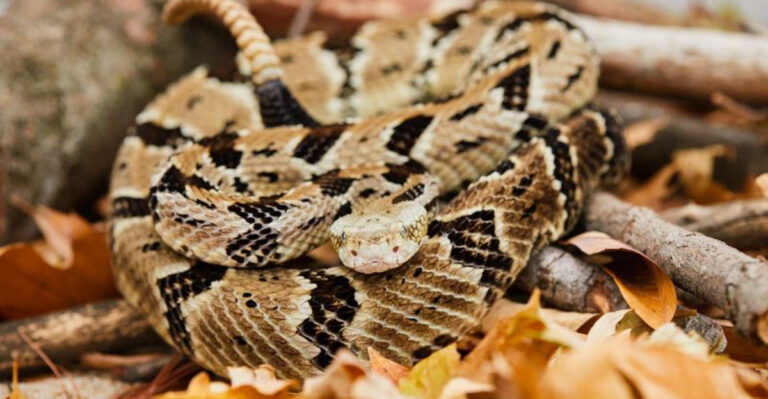9 Crocodile Species That Pose The Greatest Danger To Humans
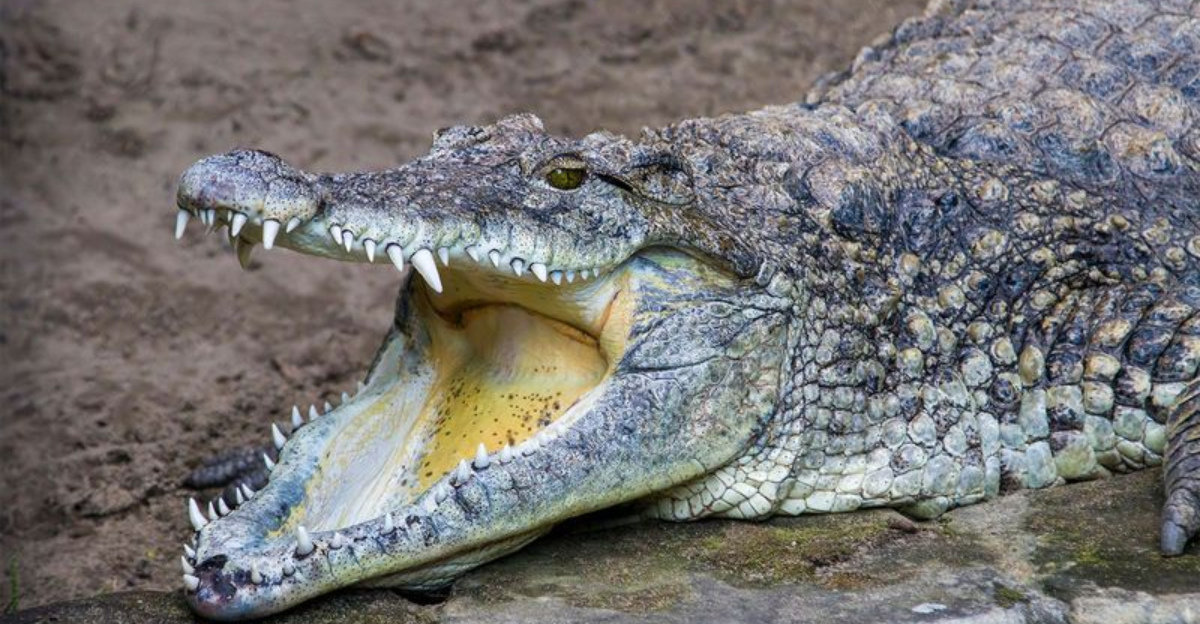
Crocodiles, the ancient reptiles with their stealthy demeanor and powerful jaws, have long fascinated and terrified humans alike.
Despite their prehistoric charm and astounding adaptability, some crocodile species pose significant risks to human safety.
1. Gharial (Gavialis Gangeticus)
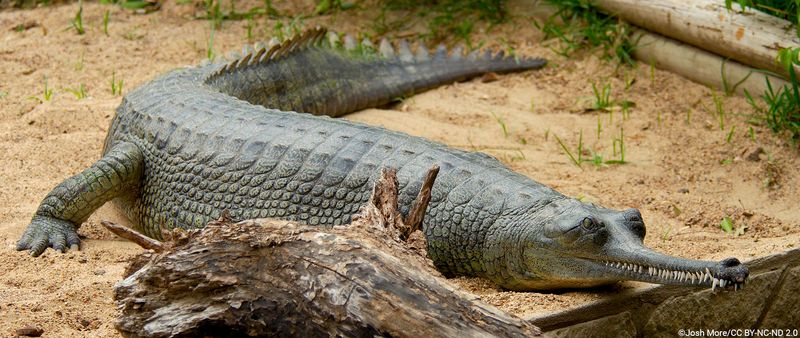
With a snout that could outshine any sword swallower, the Gharial is indeed a sight.
While its exaggerated profile looks more suited to a quirky cartoon villain, its presence in the rivers of the Indian subcontinent is no joke.
Despite its slender appearance, this crocodilian’s diet is primarily fish. However, straying into its territory can still spell danger for unsuspecting humans.
Their numbers are dwindling, making them less of a threat, but respect and admiration for these creatures remain essential for their conservation.
2. Saltwater Crocodile (Crocodylus Porosus)
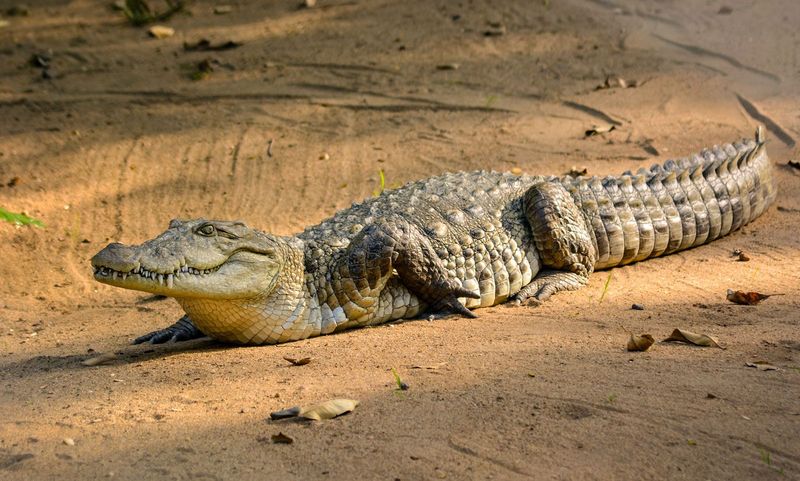
The saltwater crocodile could easily moonlight as a security guard for the world’s most exclusive beaches. Found from Australia to Southeast Asia, this colossal reptile is renowned for both its size and temper.
Unpredictable and fiercely territorial, saltwater crocodiles are known to regard humans as a potential menu item.
Steering clear of their habitats is sound advice, unless one desires a heart-racing encounter with this apex predator. Their sheer size and power command both awe and caution.
3. Cuban Crocodile (Crocodylus Rhombifer)
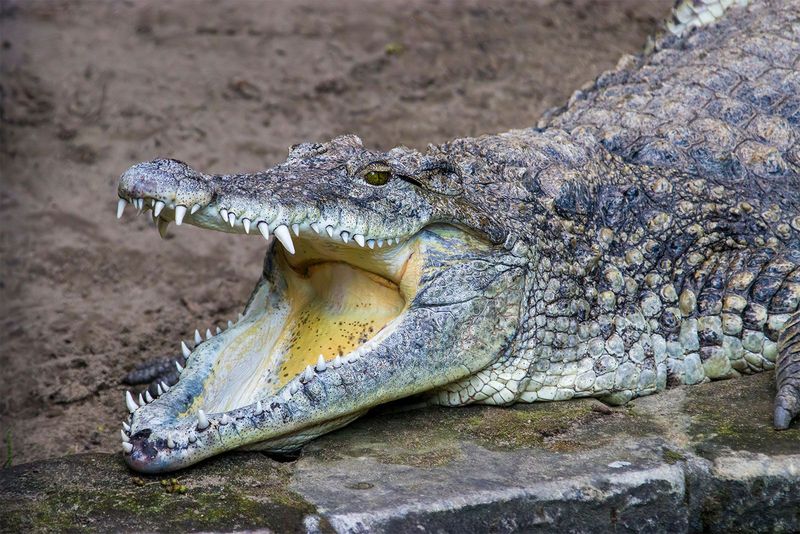
An acrobat among crocodiles, the Cuban crocodile doesn’t just rely on stealth. This species can leap from the water, showcasing an athleticism that puts gymnasts to shame.
Inhabiting the swamps of Cuba, they’re particularly bold and may charge at intruders with surprising speed.
Despite their charming size, Cuban crocodiles are to be taken seriously, especially when they decide to go for an impromptu stroll on land. They truly make up in spirit what they lack in size!
4. American Crocodile (Crocodylus Acutus)
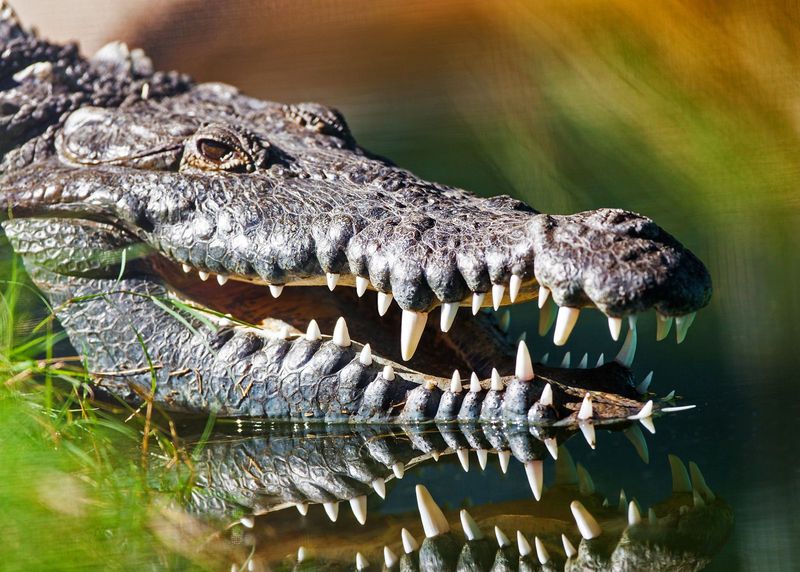
Unlike its name might suggest, this crocodile doesn’t limit itself to American soil. Stretching from Florida to South America, they’re known for their elusive nature.
The American crocodile prefers salty and brackish waters, making it a frequent visitor to coastal areas, where human encounters are possible.
While generally shy, they can become aggressive if provoked, so maintaining a respectful distance is advisable. Despite their laid-back reputation, they shouldn’t be underestimated.
5. Orinoco Crocodile (Crocodylus Intermedius)
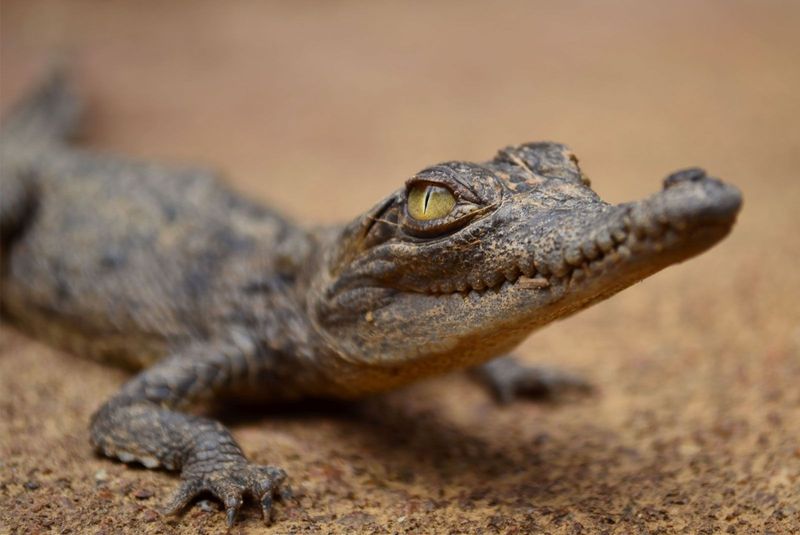
If crocodiles held beauty pageants, the Orinoco might take home the crown for its striking appearance. With a distribution limited to the Orinoco basin in South America, its elegance is matched by its danger.
This species is critically endangered, making encounters rare but potentially perilous.
Although conservation efforts are underway, stumbling upon one of these rare gems demands caution and perhaps a swift retreat.
Their presence serves as a reminder of the delicate balance between beauty and danger in the wild.
6. Nile Crocodile (Crocodylus Niloticus)
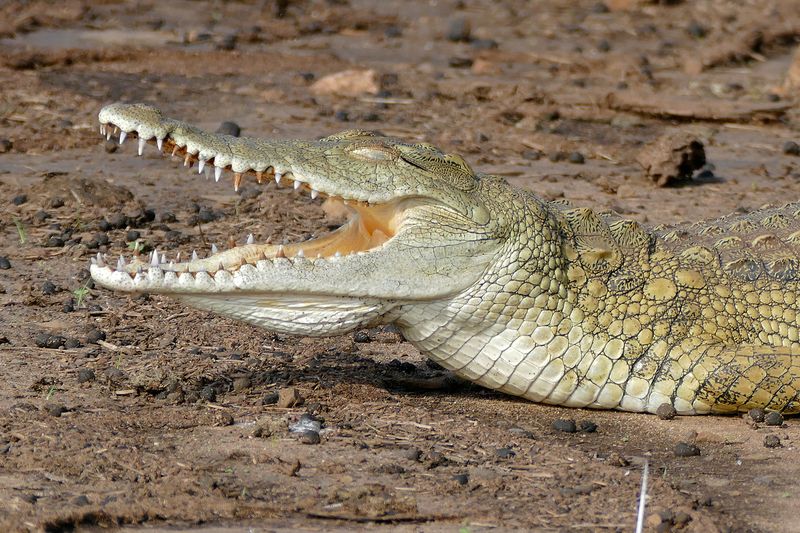
If ever a crocodile earned the title of “river king,” it would be the Nile crocodile. This formidable predator sees the African rivers as its kingdom, ruling with a terrifying efficiency.
Renowned for its aggressive nature, it’s responsible for more attacks on humans than any other crocodile species.
A master of disguise, its ability to blend into the murky waters makes it a constant threat. In the game of survival, the Nile crocodile plays its cards with deadly precision.
7. Mugger Crocodile (Crocodylus Palustris)
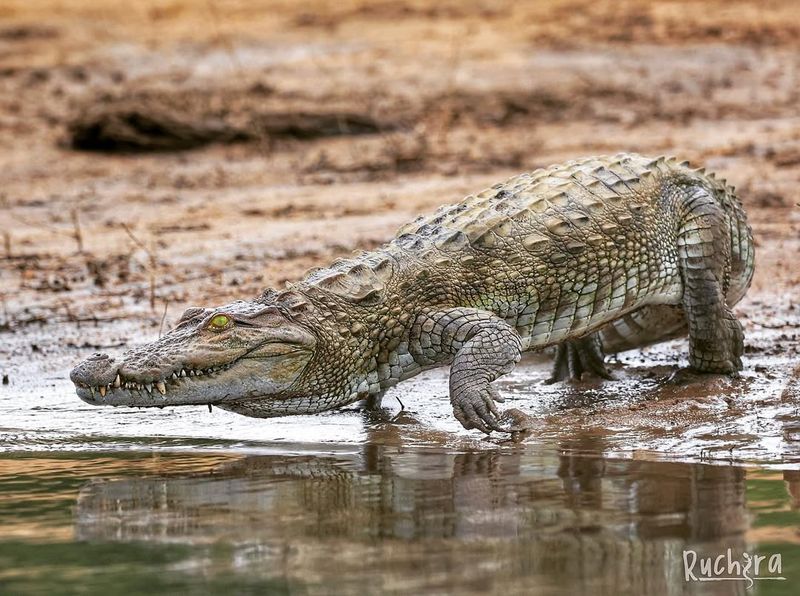
The mugger crocodile, with its broad snout and rugged demeanor, thrives in the waterways of the Indian subcontinent. Unlike its name suggests, it prefers lurking over mugging.
However, it’s adaptable and can be aggressive if disturbed or in search of food.
Their tendency to frequent human-populated areas increases the risk of encounters.
Maintaining a safe distance is wise, as they can be both stealthy and swift when the situation calls for it. Patience and caution are your best friends around muggers.
8. Black Caiman (Melanosuchus Niger)
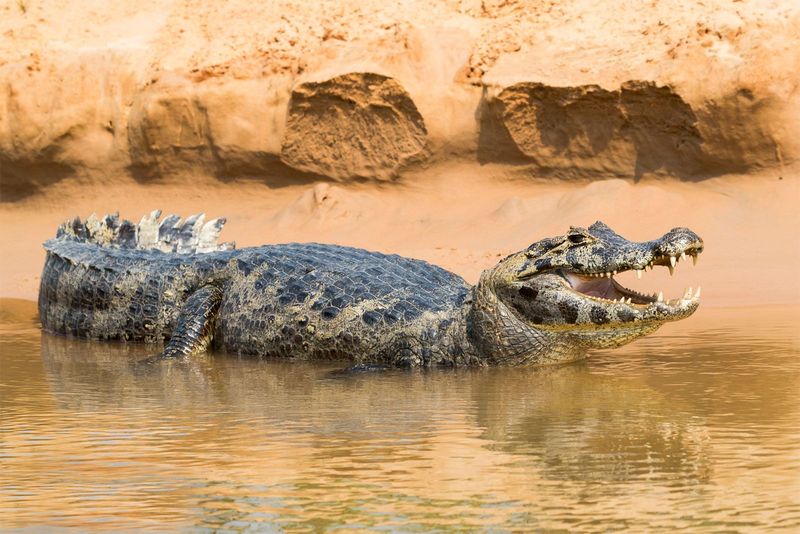
The black caiman, the Amazon’s own shadowy ruler, commands both respect and fear. With a complexion that blends perfectly into the night, it prowls the Amazon’s waters with an ominous grace.
Though primarily a fish eater, its massive size means humans are not off the menu entirely.
Known for its nocturnal habits, one might say the black caiman enjoys moonlit dinners in the rainforest. Encountering one requires both caution and maybe a quick prayer.
9. American Alligator (Alligator Mississippiensis)
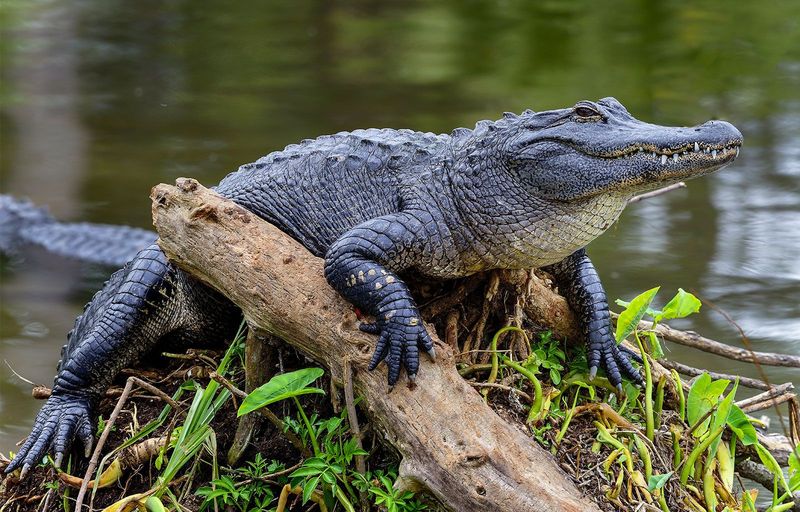
No list of dangerous crocodilians would be complete without the American alligator. A staple of southern U.S. folklore, this reptile is the only non-crocodile on our list, yet no less formidable.
They may seem laid-back, basking in the sun, but can quickly become aggressive if they feel threatened.
Their habitats, often close to human dwellings, make interactions more common. A wise approach would be to admire from afar—preferably with a zoom lens!

